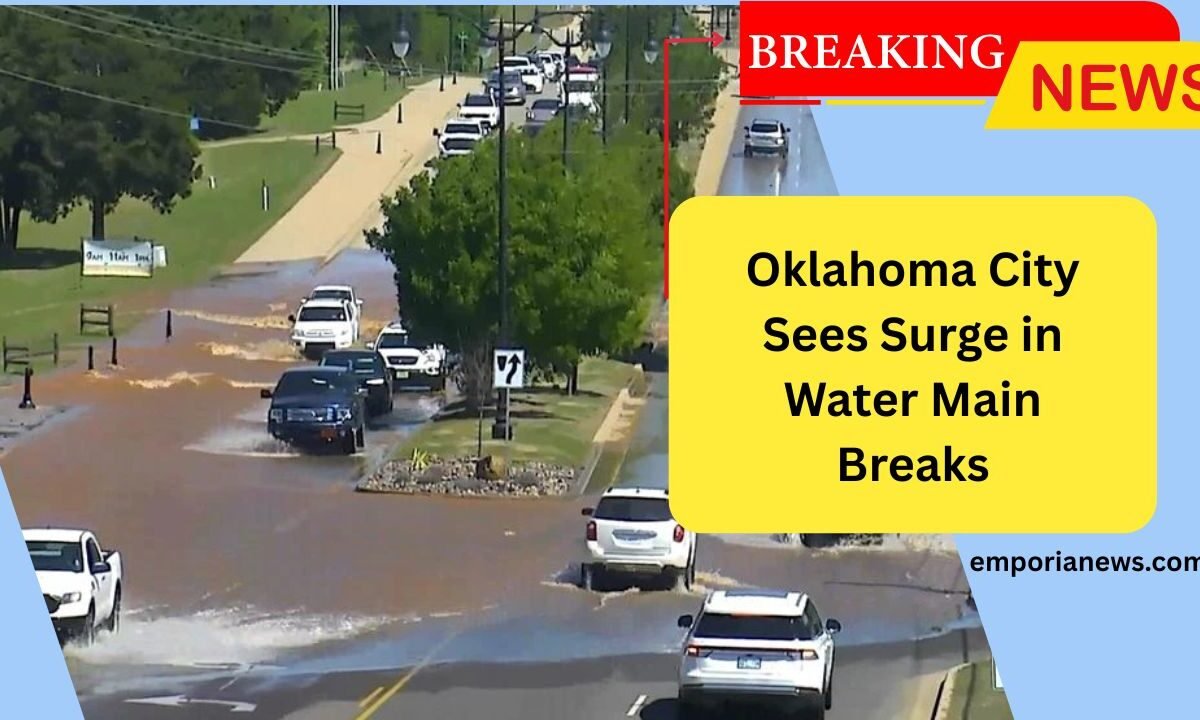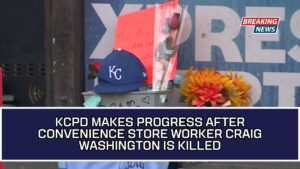In a typical year, the Oklahoma City Utilities Department prepares for around 600 to 800 emergency water main breaks across its vast network of nearly 4,300 miles of pipelines.
However, recent figures show a sharp rise in incidents. While 591 emergency repairs were carried out during Fiscal Year (FY) 2023, and 621 in FY 2024, the numbers nearly doubled in FY 2025, reaching 1,101 reported breaks by the end of June 30.
What’s Behind the Rising Number of Breaks?
Several underlying factors have been identified as key contributors to the increase:
Aging Water Infrastructure
The majority of current water main breaks are occurring in the older sections of the system, particularly those constructed before the 1980s.
Pipelines installed in the 1970s or earlier are now reaching or exceeding their typical life expectancy, making them more prone to failure.
Corrosion of Legacy Materials
Historically, the city used ductile iron pipes for much of its water system before the 1990s. While durable upon installation, these pipes have proven vulnerable to corrosion due to Oklahoma’s highly corrosive soil, especially in certain areas.
This degradation accelerates wear and tear, leading to an increasing number of pipe failures. Since the early ’90s, the city has shifted toward using PVC and other corrosion-resistant materials for smaller pipes (16 inches and under), which feed homes and businesses directly.
Shifting Soils and Environmental Stress
Central Oklahoma’s clay-rich soil is another major challenge. This type of soil expands when wet and contracts when dry, causing frequent ground movement.
Combined with temperature fluctuations and corrosive soil conditions, this environment puts additional stress on aging pipes and increases the risk of breakage.
Water Pressure Not to Blame
Despite public speculation, high water pressure is not causing the increased frequency of line failures.
According to Utilities Director Chris Browning, pressure at the Hefner Water Treatment Plant—which supplies areas with the most reported breaks—has actually declined over time, now averaging 88 psi, a figure well below the pressure range at the Draper Plant, which averages between 118 and 128 psi.
Strategic Investment in Long-Term Solutions
In response to the infrastructure challenges, Oklahoma City has significantly boosted its commitment to capital improvement:
- Annual capital funding for water line replacements has been doubled from $10 million to $20 million for the fiscal year beginning July 1, 2025.
- The city plans to increase that investment again to $30 million in FY 2027, marking a historic level of funding toward water infrastructure.
A Proactive and Sustainable Approach
Browning emphasized the importance of a balanced strategy: “Our teams are dedicated to restoring service swiftly and safely every day.
But we’re also making major infrastructure investments to reduce breaks over the long term.”
These upgrades will not be immediate, but are part of a multi-year initiative to build a stronger, more reliable water system for the residents of Central Oklahoma.
Ongoing Measures to Strengthen the System
In addition to the increased funding, the Utilities Department continues to implement several proactive measures:
- Analyzing citywide break patterns
- Prioritizing replacements in high-risk areas
- Using corrosion-resistant materials in all new installations and repairs
- Maintaining regulatory water pressure levels
- Ensuring service reliability and safety
- Providing rapid emergency response
Targeted Pipe Replacements Based on Risk
Replacement projects are determined by a data-driven approach that considers:
- Historical break frequency
- Pipe age and material type
- Soil and environmental conditions
- Projected impact on nearby infrastructure
These factors help Utilities identify the most vulnerable areas and deploy resources efficiently.
No Immediate Impact on Customer Rates
A key concern for residents is whether these upgrades will lead to higher utility bills. According to city officials, the enhanced capital investments are already factored into the department’s long-term financial plan.
As a result, customer rates will remain stable, avoiding any sudden spikes as infrastructure renewal efforts expand.
The sharp rise in water main breaks across Oklahoma City reflects long-standing challenges with aging infrastructure, corrosive soils, and environmental stress.
However, the Oklahoma City Utilities Department is responding decisively—with record levels of investment, a focus on corrosion-resistant materials, and a citywide strategic plan aimed at long-term resilience.
Residents can expect a more dependable water system in the future as the city accelerates efforts to renew and protect vital public infrastructure.




